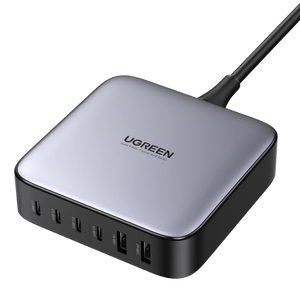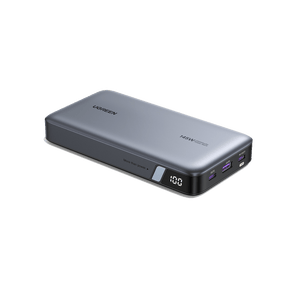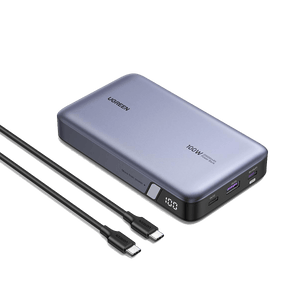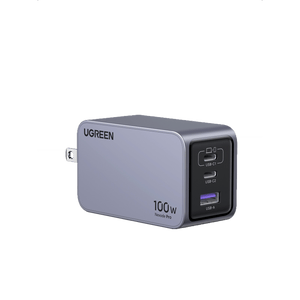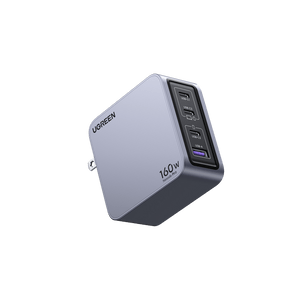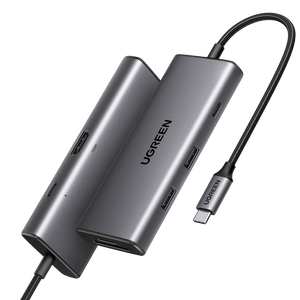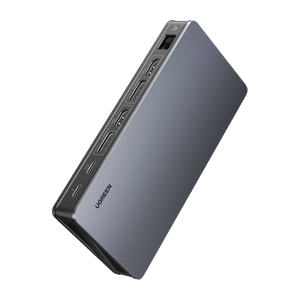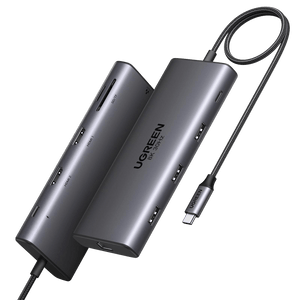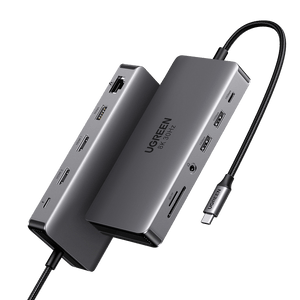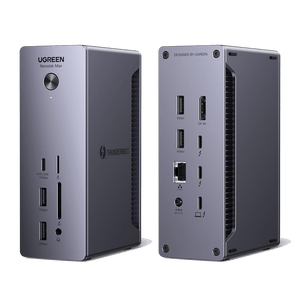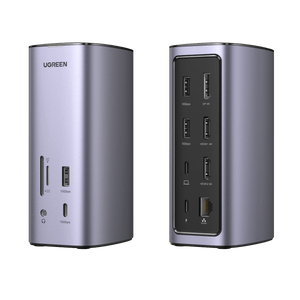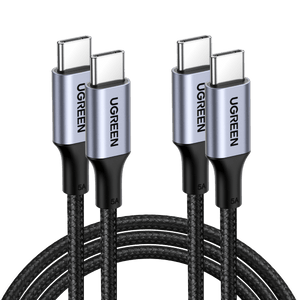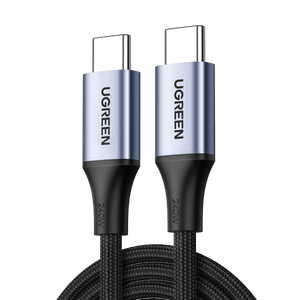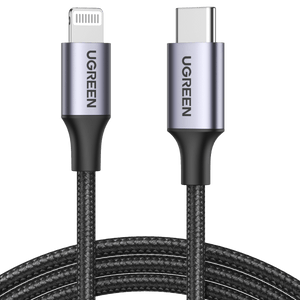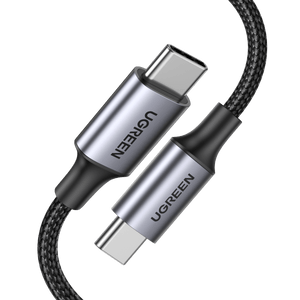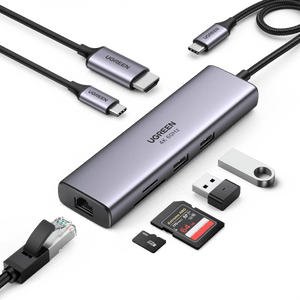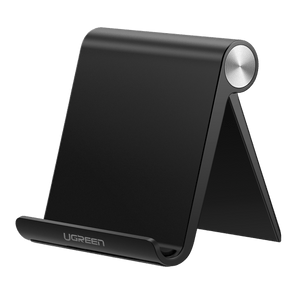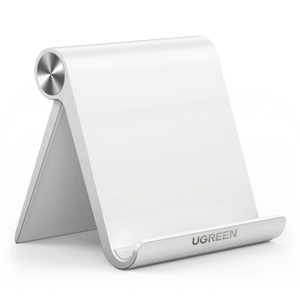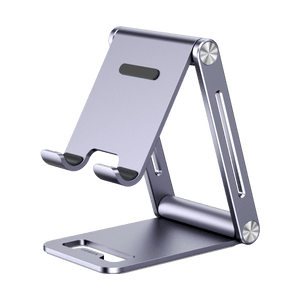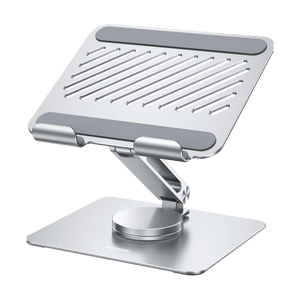How to Charge a Laptop Without a Charger: Dell, Lenovo, Asus Tips
When faced with the problem of how to charge a laptop without a charger, there are various creative options available. This tutorial analyzes various techniques ideal for various contexts, ranging from the adaptability of USB-C to the convenience of power banks.
Whether you're traveling, coping with a missing charger, or needing an emergency power boost, these methods will keep you from being trapped with a dead laptop. Discover simple, user-friendly methods for keeping your laptop charged no matter where you are.

Is it possible to charge a laptop without a charger?
Yes, it is possible to charge a laptop without a traditional charger. This can be achieved through various alternative methods such as using a USB-C port, a power bank, a universal power adapter, a car charger, or even a solar power pack.
These techniques offer versatility and are especially beneficial when you do not have access to the original charger. With technological improvements, alternatives such as USB-C have become more widespread in current laptops, making it easier to charge them using different power sources.
●USB-C Charging: Utilize the USB-C port for charging, especially effective with laptops having USB-C DP (Display Port) or Thunderbolt ports. Remember, USB-A ports won't work for charging due to insufficient wattage.
●Power Bank: Employ a high-capacity, laptop-compatible power bank. Ensure it supports USB Power Delivery (PD) for efficient charging and matches your laptop’s power requirements.
Universal Power Adapter: Use a universal adapter that can be adjusted to your laptop’s voltage and polarity, suitable for various laptop models.
●Car Charging: Charge using a car power adapter or an inverter that converts the car's 12V output to a suitable voltage. Modern cars with USB ports simplify this process.
●Solar Power Generator: Utilize solar power packs that convert solar energy to electricity. Ensure the solar charger is powerful enough and compatible with your laptop.
●Using a Different Laptop Charger: In some cases, a charger from a different laptop model can be used if it matches your laptop's power requirements. Universal chargers with swappable tips can be particularly useful.
●External Laptop Battery: Keep an external battery handy, especially for travel. Ensure it's compatible with your laptop.
●Smartphone Charger: If both your laptop and smartphone charger support USB-C Power Delivery (PD), you can try charging your laptop with your phone charger. However, this method might be less effective due to the lower power output of phone chargers.
Each method of how to charge a laptop without a charger requires considering your laptop’s specific needs and compatibility. It's essential to prioritize safety and efficiency when choosing an alternative charging method. These solutions offer flexibility and convenience, especially in situations where you don't have access to the original laptop charger.
Method 1. Charging laptop with USB-C cable
"How to charge my laptop without a charger and is it possible with a USB?" is a frequently asked question among laptop owners. The answer is mostly determined by the type of USB port on your laptop. Unfortunately, USB Type-A, the most common USB connector, cannot be used to charge laptops. This is because it is incapable of delivering the high watts required to power a laptop battery.
With the introduction of USB 3.1, a new connector known as USB Type-C, or USB-C, was introduced. The oval shape of USB-C distinguishes it from its predecessors, and it is intended for high-wattage communication.
This means that it can transfer substantially more power than USB Type-A, allowing it to charge laptops. USB-C data transmission speeds are also noticeably faster:
●USB Type-A (USB 3.1): Transfer rates of up to 10 Gbit/s
●USB-C (USB 3.2): Up to 20 Gbit/s.
Furthermore, the 2019 version of USB4 introduced even greater data transfer speeds, up to 40 Gbit/s, via the USB-C connector. Click to read more: USB Cable Type.
A USB-C cable with a plug adaptor is required to charge a laptop with a USB-C port. The steps are straightforward:
●Connect one end of the USB-C cable to an outlet.
●Connect the opposite end of the cable to your laptop.
Due to its simplicity, USB-C is a viable option for charging laptops, particularly when a standard charger is unavailable. However, having a USB-C cable on hand is critical, as getting one may not be more convenient than purchasing a new laptop charger.
So, while USB Type-A is incapable of charging a laptop, USB-C provides a strong and efficient option for charging modern laptops.
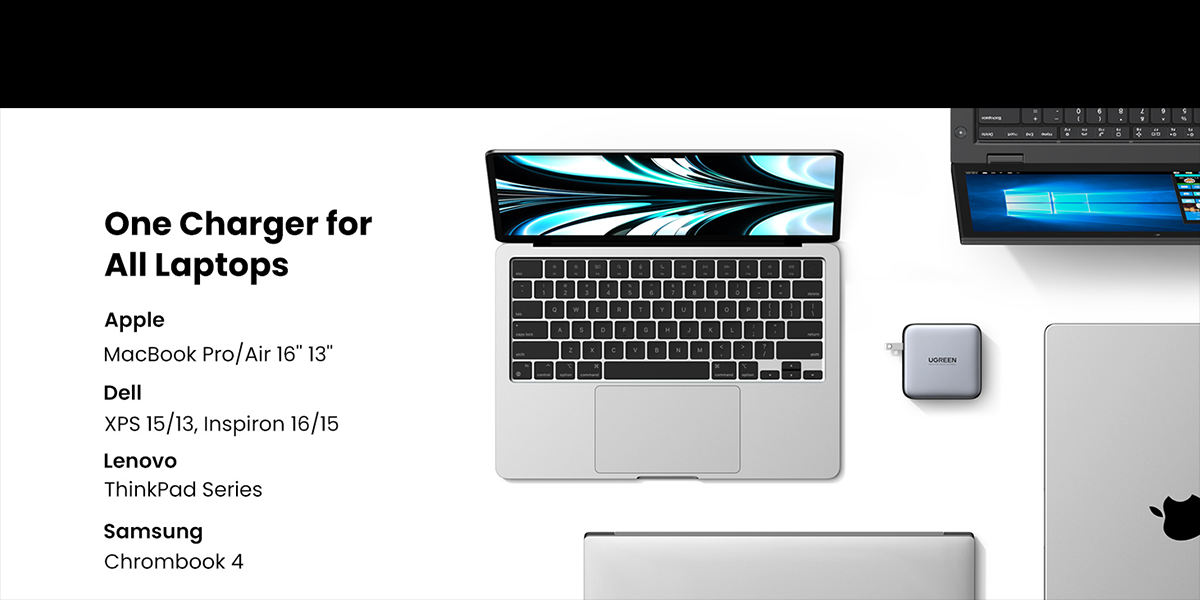
Method 2. Charging laptop with a power bank
A power bank is a dependable and simple choice for charging a laptop without its regular charger. It is critical to select a power bank with a large capacity and compatibility with your laptop.
When choosing a power bank, seek one with enough power output to charge your laptop. Laptops use more power than smartphones or tablets, thus a laptop-specific power bank is essential.
A USB-C power bank is very beneficial because many new laptops include USB-C charging connections. Also, make sure the power bank has USB Power Delivery (PD) technology, which allows for efficient and quick charging.
Connecting a power bank to your laptop using the right cable, usually USB-C, and turning on the power bank is simple. It's a convenient alternative for charging on the road, especially if you don't have access to a power outlet.
However, keep in mind that the capacity of the power bank decides how many charges your laptop may receive. Higher-capacity models can charge your laptop numerous times, making them great for extended use when you're not near a power source.
Hence, a high-capacity, laptop-compatible power bank, such as those supplied by Ugreen Uno power bank, provides a flexible and effective solution to keep your laptop charged no matter where you are.
Method 3. Charging laptop with a universal power adapter
This method involves using a Universal Power Adapter to charge a laptop without its original charger. This method is versatile, as universal adapters are designed to work with a variety of laptop makes and models. They come with multiple tips or connectors, allowing you to choose the one that fits your laptop's charging port.
When using a universal power adapter, it's crucial to select the correct voltage and polarity settings to match your laptop’s specifications. Incorrect settings can damage your laptop!
These adapters are readily available in electronics stores and are a practical solution for those who need to charge different laptops or have lost their original charger. This method provides a convenient and adaptable solution for charging your laptop in various situations.
Method 4: Charging a laptop in a car
Charging a laptop in the car is a useful choice, particularly when traveling. A car charger adaptor is required, which typically has a USB Type-A connector on one end and a USB-C connector on the other.
This configuration allows you to plug into your vehicle's charging port or, if your vehicle has one, directly into a USB port. To be charged:
●To activate the charging port, start your car's engine.
●Connect the car charger to the charging port or USB port on your vehicle.
●Connect the other end (USB-C) to your computer.
This solution is simple and effective for keeping your laptop charged while on the go. However, never leave your laptop unattended in a car, especially in plain sight, as it is prone to theft or harm from overheating.
Quick Tip
If you're using a car charger, be sure your laptop is compatible with the voltage output of the USB port or converter in your car. Additionally, charging your laptop in a car with a weak or old battery may drain the car battery.
Method 5. Charging laptop with a external laptop battery
Charging a laptop with an external laptop battery is a convenient approach, especially when the laptop's internal battery is depleted or the charger port is broken. External laptop batteries are similar to power banks but have a bigger energy storage capacity, allowing them to charge laptops while leaving power available for other devices such as cell phones.
To utilize an external laptop battery, follow these steps:
●Using a USB Type-C connector, connect the external battery to your laptop.
●Connect the battery to a wall outlet to power your laptop.
This strategy is particularly handy when standard charging methods are unavailable. External laptop batteries supply a significant amount of power, allowing your laptop to operate for prolonged periods of time. They are an adaptable alternative for regular travelers or anyone operating in distant areas without access to power outlets.
Method 6: Charging laptop with external battery charger
Another way to charge a laptop is to use an external battery charger, which is especially useful if you have access to a removable laptop battery. This method is not applicable to all laptops because it requires the battery to be detachable from the laptop.
To use an external battery charger:
●Remove the laptop battery.
●Place the battery in the external charger.
●Plug the charger into a power outlet.
It's important to remember that using an external battery charger is risky. Check that the charger is compatible with the type of battery you have. To avoid damaging the battery or laptop, always follow the manufacturer's instructions.
This strategy is very handy for those who have extra batteries because it enables uninterrupted laptop use by simply swapping out the batteries. However, because many recent computers have non-removable batteries, this strategy is only applicable to machines with detachable batteries.
Method 7: Charging laptop with a portable power station
Using a portable power station to charge laptops is an efficient method, especially when standard power sources are unavailable. Portable power stations are essentially large-capacity batteries with significant power output. They are perfect for outdoor sports, remote business, or as an emergency backup power source.
To use a portable power station:
●Connect your laptop to the power station using the appropriate charging cable, often a USB-C or a standard laptop charging cable.
●Turn on the power station to begin charging.
It’s crucial to ensure that the power station has enough capacity and output to charge your laptop. They often come with multiple ports, allowing you to charge several devices simultaneously.
Portable power stations are bulkier than regular power banks, making them more suitable for stationary use rather than on-the-go charging. Nonetheless, they provide a reliable power source for laptops in areas without electricity.
Expanding on the theme of charging convenience, our sister article on "How to Charge Your Apple Watch Without a Charger"showcases equally innovative methods tailored for wearable tech enthusiasts. Just as we've explored versatile solutions for laptops, this guide delves into ensuring your Apple Watch remains a reliable companion, even when conventional charging means are unavailable. From wireless chargers to unconventional hacks, these tips promise uninterrupted connectivity for your Apple Watch, mirroring the adaptability and freedom we strive for in today's digital lifestyle.
Quick Tip
Consider the weight and portability of a portable power station before purchasing it, especially if you intend to carry it regularly. Check how long it holds a charge when not in use.
{{UGPRODUCT}}Conclusion
After this comprehensive guide on how to charge a laptop without a charger, we can conclude that it is completely possible to charge a laptop without its usual charger using a variety of other techniques. From the simplicity of USB-C charging to the adaptability of universal power adapters, each technique provides distinct advantages tailored to certain situations.
Whether you use a power bank for mobility, a vehicle charger for travel, or a portable power station for isolated places, these options keep your Dell, Lenovo, Asus, or other laptops charged.
It's critical to choose the best solution for your needs and to always prioritize your device's compatibility and safety. With these several charging choices, you're well-equipped to keep your laptop working smoothly no matter what.
FAQs about how to charge laptop without a charger
Can you charge a laptop with phone or another laptop?
No, it is not possible. The battery output voltage and current of another laptop or phone may not match the laptop that has run out of power. Charging with a different brand or model of battery may result in battery damage or explosion. Therefore, we strongly advise against using another laptop or phone to charge the laptop that has run out of power.
Can I charge my laptop with phone charger?
Phone chargers can charge laptops, but the speed is limited by the charger’s power and the laptop’s charging protocol. Typically, the power of a phone charger is less than that of a laptop’s power adapter, so even if the interface is the same, the charging speed will be slower. If the power and protocol of the phone charger are equivalent to the laptop, the charging speed will be similar to that of the original charger. However, some laptops are not compatible with phone chargers in terms of power and protocol, so it should be consulted whether the laptop customer service allows the use of phone chargers for charging before use.
Can I use a Dell charger on a Lenovo or Asus laptop?
Yes, you can use a Dell charger on a Lenovo or Asus laptop if the voltage and amperage match the laptop’s requirements. However, using a charger that doesn’t meet the specifications can damage your laptop.
What are the risks of using a third-party charger for my Dell, Lenovo or Asus laptop?
Using a third-party charger can pose risks such as overheating, insufficient power delivery, or even damage to the laptop’s battery. Always choose reputable brands (such as UGREEN) and check compatibility before use.













